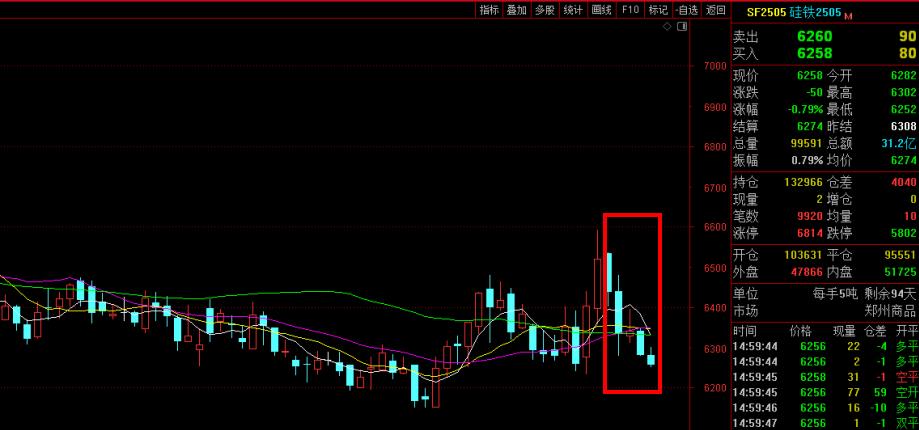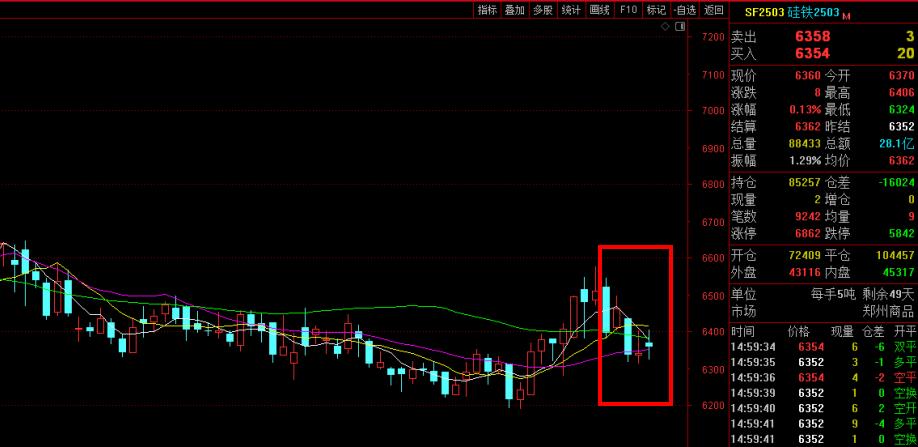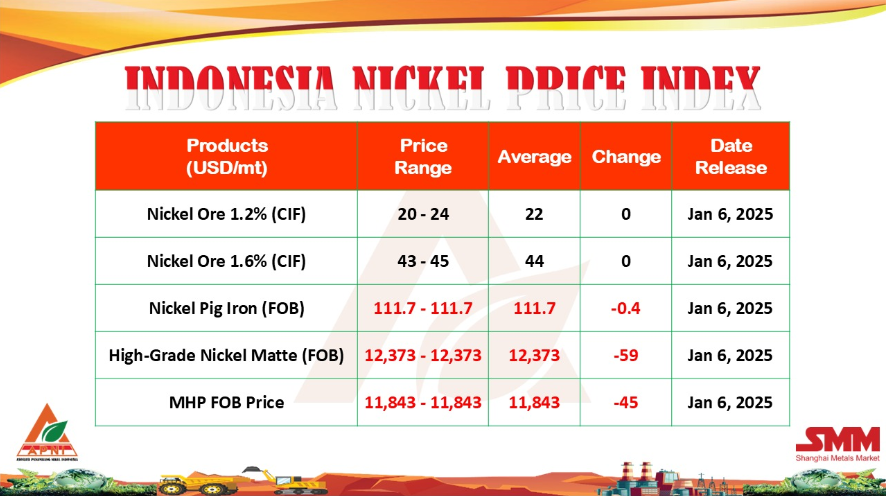[ferro-alloys.com]BHP Billiton Ltd.’s giant Olympic Dam mine in Australia’s Outback is a labyrinth of 450 kilometers of tunnels and roads — an ideal testing ground for the industry’s burgeoning shift toward cleaner power.
Taking about 30 minutes to drive from top to bottom, there’s ample opportunity for the world’s biggest miner to test electric SUVs in a bid to cut both costs and pollution, including potentially harmful diesel emissions. BHP will make a decision by the middle of next year whether to extend the program across a 240-strong fleet of light vehicles at the South Australia operation.
“Getting mines to be completely diesel free is our end goal,” said Andrew Draffin, a project manager at Voltra, a supplier that’s provided BHP with adapted Toyota LandCruiser models fitted with an electric motor and lithium-ion batteries. “We’ve started with light vehicles because that’s the easiest for companies to prove the electric concept.”
While less than 1 percent of vehicles used in mining are currently battery-powered, the change is likely to be rapid and see the majority of trucks and loaders replaced with electric equipment over the next seven to 10 years, according to Epiroc AB, a Swedish manufacturer and supplier to the mining industry.
Advances in technology and the plunging costs of lithium-ion batteries are allowing the industry to begin a potential transformation of their mines, replacing diesel-fueled equipment from drills to 40-ton haul trucks with quieter, more efficient and less-polluting electric-powered alternatives.
BHP’s tests are aimed at demonstrating if the use of EVs at mines can help lower greenhouse gas emissions, trim operating costs and boost a wider program to address risks to employees’ health from exposure to diesel particulate matter. The producer hopes to eliminate a current need for some of the 800 underground staff to wear respirators while they work.
In Canada, Goldcorp Inc. is already preparing to leap ahead. The underground Borden mine in Ontario — scheduled to begin commercial production next year — will use all-electric equipment, eliminating an annual need for about three million liters of diesel fuel.
Eliminate emissions
Suppliers are preparing for the industry’s shift. Caterpillar Inc., the world’s largest maker of mining and construction equipment, is testing battery-powered models, and last week invested in Fisker Inc., a developer of EVs and advanced rechargeable battery technology. Sandvik AB in June agreed a project to add electric and autonomous equipment at Resolute Mining Ltd.’s Syama gold operation in Mali.
Members of the International Council on Mining and Metals, a group of 27 of the industry’s largest companies, are discussing an initiative to eliminate carbon emissions from vehicles used in the sector at a meeting Tuesday, ICMM CEO Tom Butler told Bloomberg Television in an interview ahead of the talks. More companies will look to move to all-electric mines, he said.
“It’s going to take a long time, but I think it’s time that we started that journey,” Butler said Tuesday. “We’re a very innovative industry. We came up with driverless vehicles a long time before Google,” referring to about a decade of deployment of autonomous trucks.
Deeper savings
Epiroc sees strong demand for battery-powered products and has significant ambitions to boost sales, Chief Executive Officer Per Lindberg said on an earnings call last week. “It does not make sense underground to go for anything else, because we are polluting the air that we breathe and the costs are enormous,” Erik Svedlund, the supplier’s global marketing manager for electrification, said by phone from Orebro, Sweden. “The deeper the mine, then the bigger the savings.”
Eliminating diesel emissions underground reduces the need for costly ventilation of underground pits, while the electric equipment has lower operating and maintenance costs, said Tony Makuch, CEO of Kirkland Lake Gold Ltd., which uses battery-powered trucks and loaders at the Macassa mine in Ontario. The site, which reaches depths of about 2 kilometers, deployed electric trucks in 2013 and was the first in the world to use the technology, according to the company.
Kirkland, which has other mines in Canada and Australia, has worked with equipment makers to help develop the trucks and loaders, which can currently cost as much as double the diesel equivalents. Existing models are improving fast, though have faced challenges with performance, charging time and operating speeds. The sector will also need a wider variety of vehicles capable of handling larger loads to encourage adoption, Makuch said.
“By 10 years from now, I’d think we’ll go from 90 to 100 percent reliance on diesel at some mines to less than 20 percent, the rest will be using batteries,” Makuch said. “If all the equipment was developed now, I’d want to pretty much convert our all mines at once.”
(mining.com)
- [Editor:王可]



 Save
Save Print
Print Daily News
Daily News Research
Research Magazine
Magazine Company Database
Company Database Customized Database
Customized Database Conferences
Conferences Advertisement
Advertisement Trade
Trade














 Online inquiry
Online inquiry Contact
Contact

Tell Us What You Think